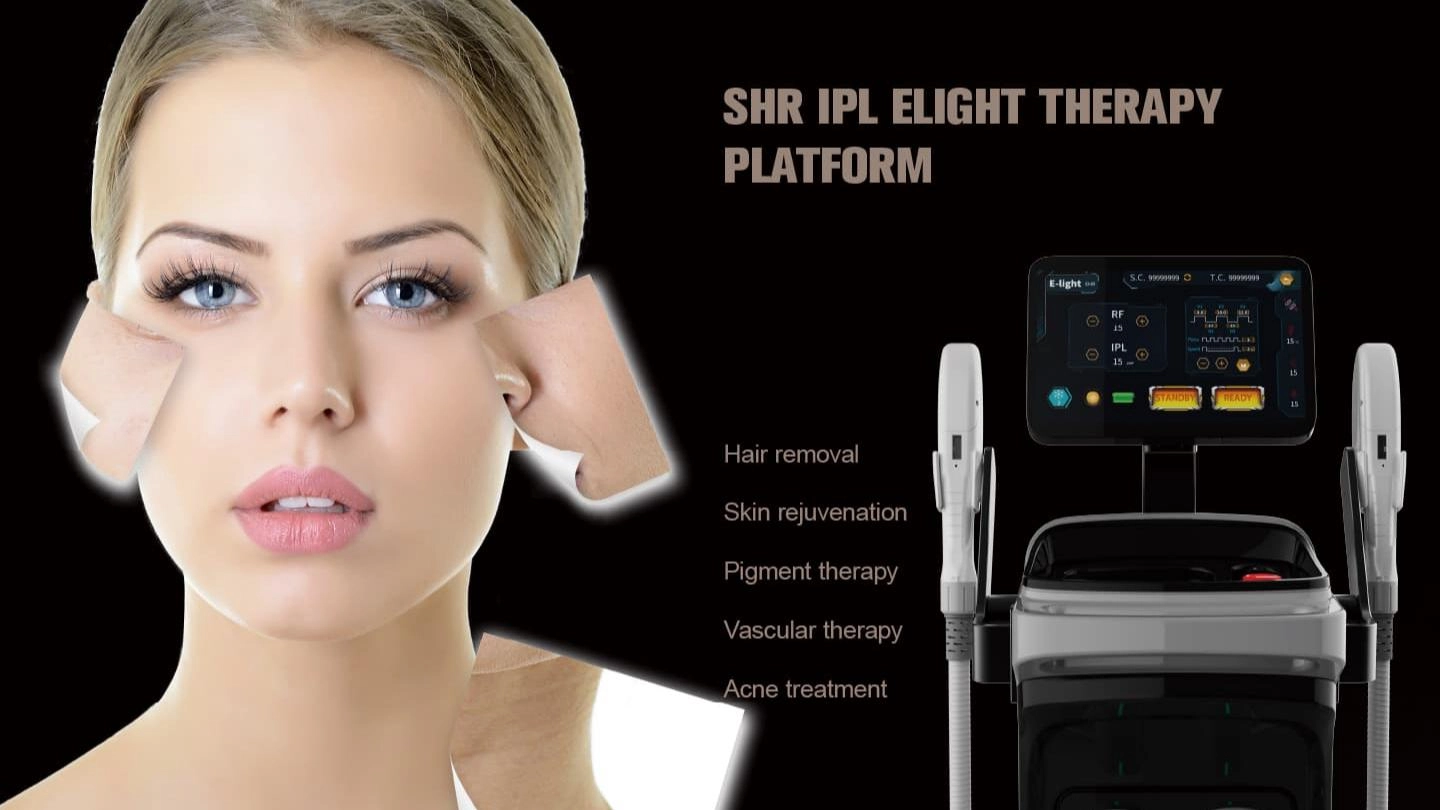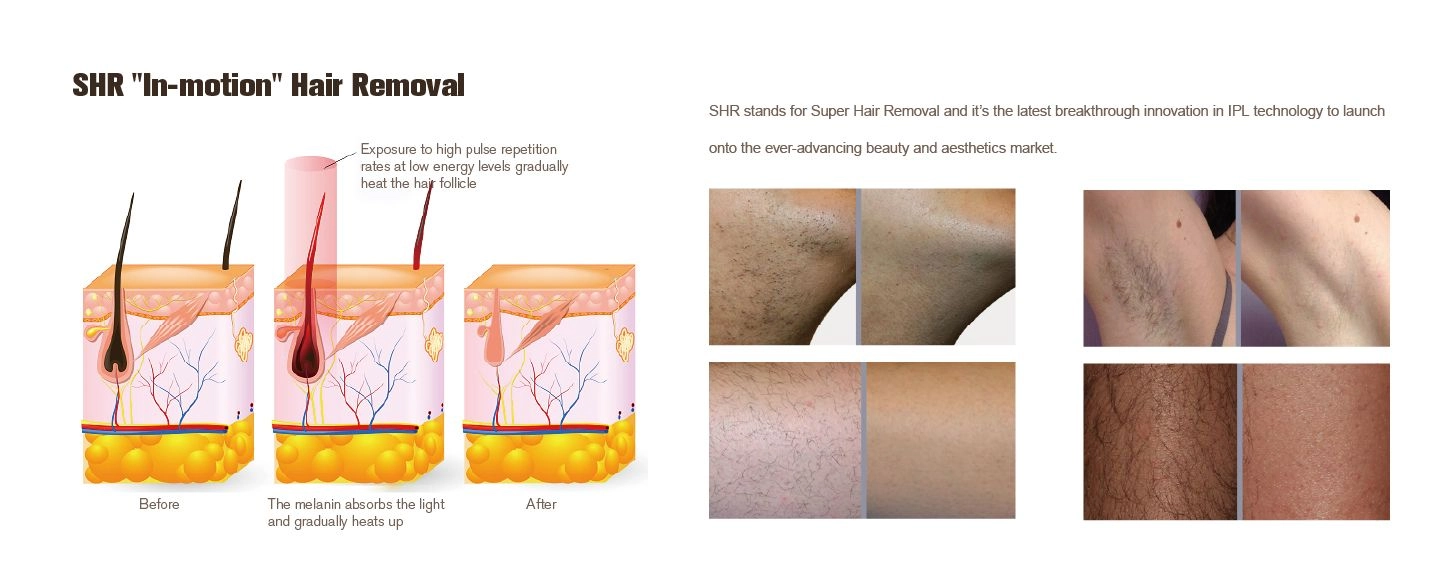IPL photofacials are a big hit for fixing stuff like sunspots, redness, and early aging signs. They don’t involve surgery, which makes them super popular. Everyone wants to know: how long do the results last? Knowing this helps you plan your skincare and keep realistic hopes.

What an IPL Photofacial Is
An IPL photofacial uses special light to hit pigment in your skin. Unlike lasers that stick to one wavelength, IPL throws out a bunch of wavelengths. It dives into deeper skin layers without messing up the top. The light gets grabbed by pigment and blood vessels. This cuts down on discoloration and kicks up collagen. You get smoother, more even skin with fewer imperfections.
How Long Do IPL Photofacial Results Last on Average?
Typical Duration of Results
On average, IPL results stick around from 6 months to over a year. It depends on your skin, how you live, and how you look after your skin post-treatment. For most folks, clearer, brighter skin stays noticeable for up to 12 months before it starts fading.
First-Time vs. Repeat Treatments
If it’s your first go, you’ll see a big change right away. But those results might fade quicker without more sessions. Doing a series of 3–5 treatments, a few weeks apart, makes results last longer. That’s because extra sessions boost collagen and fix pigment better.
Clinic vs. At-Home Devices
Pro IPL machines hit harder and go deeper into the skin. They give stronger, longer-lasting results. At-home or portable IPL machines are weaker, so their effects wear off faster—usually in 2–3 months. Clinic treatments can keep going for a year or more.
Month-by-Month Breakdown of IPL Photofacial Results
Week 1–2: Immediate Brightening and Surface Healing
Right after your session, your skin looks brighter and more even in the first couple of weeks. Dark spots might get darker before they flake off. This is called “peppering.” You might see some redness or puffiness, but it usually calms down in a few days.
Month 1–3: Collagen Regeneration Phase
From one to three months, your skin starts changing underneath. Collagen production picks up. Your skin feels firmer. Those fine lines start to ease up.
Month 3–6: Peak Results Period
This is when your skin’s shining. From three to six months, it looks fresh and clear. Pigmentation and redness are barely there. Folks often say their skin feels smooth and glowy here.
Month 6–12: Gradual Fading and Maintenance Stage
As you near a year, sun exposure can undo some of the glow. Without touch-ups, dark spots might sneak back. You’ve got to stay on top of skincare to hold onto those results.
Key Factors That Affect How Long IPL Photofacial Results Last
Skin Type and Condition Before Treatment
Lighter skin usually does better with IPL treatment. There’s less worry about extra pigment or burns. If you’ve got mild sun damage, results last longer. Heavy discoloration or bad acne might mean shorter effects.
Treatment Settings and Number of Sessions
The power of the IPL matters a ton. Stronger settings dig deeper but need to be safe for your skin. Doing the full 3–5 sessions makes results stick better and last longer.
Post-Treatment Care and Sun Exposure
Taking care of your skin after is huge. Stay out of the sun for at least two weeks. Slap on SPF after that. This keeps new dark spots from popping up.
Lifestyle Habits — Smoking, Skincare Routine, UV Protection
Smoking makes your skin age faster and cuts blood flow. That can make IPL results fade quick. A good skincare routine with things like vitamin C keeps your glow going by fighting damage. Sunscreen’s a must-have.
How to Maintain IPL Photofacial Results for the Longest Time
Follow a Consistent Skincare Routine
Slather on sunscreen with SPF 30 or higher every day. It’s a dealbreaker for keeping your skin looking great. Toss in products like retinoids or peptides to help your skin renew and stay tight.
Schedule Regular Maintenance Treatments
Skin docs often say get touch-ups every 6–12 months. It depends on how your skin holds up. These keep your skin clear and smooth for longer.
Avoid Common Mistakes
Don’t skip sunscreen or use rough scrubs too soon. That can wreck your results fast. Also, don’t pick at flaky spots—it can leave scars or uneven patches.
Combine with Other Treatments
For the best glow, mix IPL with stuff like radiofrequency (RF) or chemical peels. These boost collagen in different ways. Cool diode laser systems, like ones with 3000W power and cooling to –30°C, can team up with IPL. They hit deeper skin layers for better firmness and a longer-lasting shine.

IPL Photofacial Results vs Other Light-Based Treatments
IPL vs Laser Resurfacing
Laser resurfacing uses strong beams to target skin layers hard. It gives big changes in fewer sessions but needs more recovery. IPL is softer, with steady improvements over a few visits and less downtime.
IPL vs LED Light Therapy
LED light therapy uses low energy to calm red skin. It’s not great for fixing pigmentation or redness. IPL packs a bigger punch. LED needs more sessions for smaller changes.
When to Choose IPL Over Laser
Go for IPL if you’re tackling surface stuff like sunspots or mild redness on your face or chest. It’s flexible and doesn’t keep you out of action long. You’ll see nice changes over time.
If you’re thinking about pro gear for your clinic or home, look at systems like Nubway’s IPL and diode lasers. They’ve got neat tricks like 10–20Hz sliding therapy, strong power, and cool sapphire surfaces. These keep treatments comfy, quick, and solid—perfect for clinics wanting happy clients everywhere.
IPL photofacials can keep your skin looking awesome for six months to a year. It’s all about how you treat your skin after. Stay out of the sun, live healthy, and get touch-up sessions. That way, you can rock a brighter, younger-looking face all year.
FAQs
Q: How many IPL sessions are needed for lasting results?
A: Most skin pros say do 3–5 IPL sessions, about 3–4 weeks apart. This lets your skin heal. It also pumps up collagen and fixes pigment for longer-lasting glow.
Q: Can IPL results be permanent?
A: IPL results aren’t forever. Aging, sun, and other stuff keep hitting your skin. But with good skincare and yearly touch-ups, you can keep that glow for years.
Q: Is IPL safe for all skin types?
A: IPL works best for lighter skin types (Fitzpatrick I–III). The contrast between skin and pigment is clearer. Darker skin might need gentler settings or other treatments to avoid pigment problems.
Q: What’s the difference between IPL and diode laser for skin rejuvenation?
A: IPL uses wide-ranging light to hit surface pigment. Diode lasers use one wavelength to dig deeper. Together, they can refresh your skin’s top and bottom layers for a bigger win.





